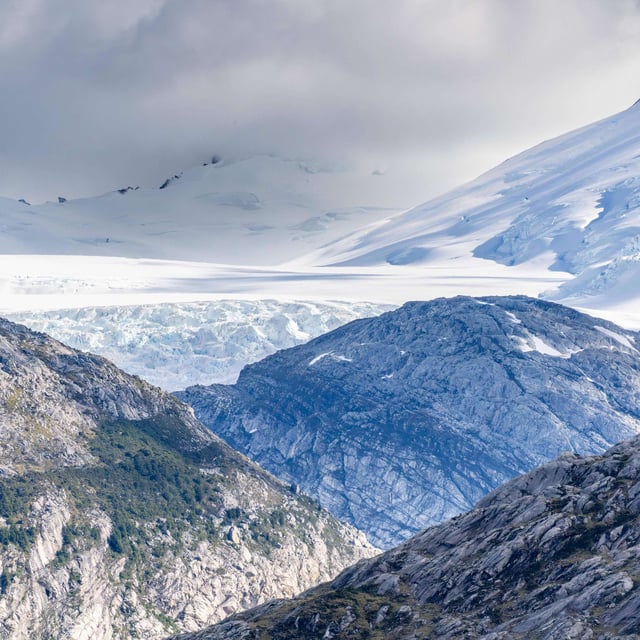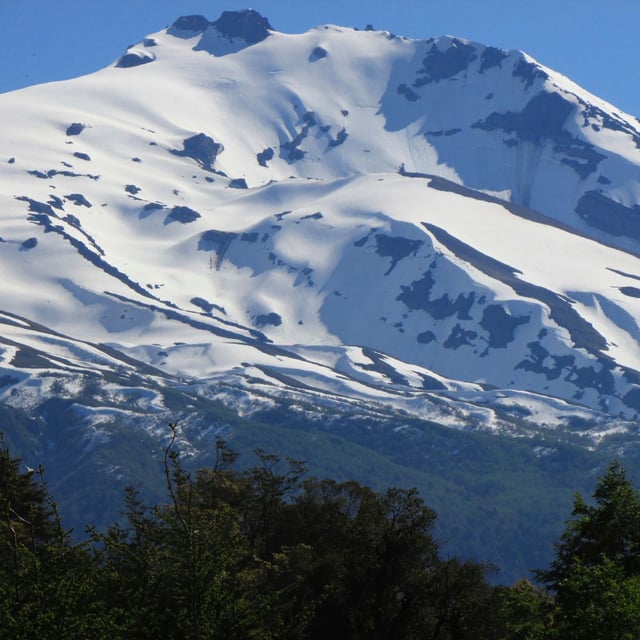Overview
- Researchers presented findings at this month’s Goldschmidt Conference in Prague detailing how argon dating of Chilean volcanoes linked rapid Patagonian Ice Sheet melt to sudden pressure changes in magma reservoirs.
- Analysis of six Andean volcanoes revealed that deglaciation at the end of the last Ice Age unleashed explosive eruptions by releasing gas-rich magma accumulated beneath kilometer-thick ice.
- The study warns that hundreds of currently dormant subglacial volcanoes—especially in Antarctica, North America and Russia—face heightened eruption risks as modern glaciers recede.
- Scientists caution that new eruptions could emit significant greenhouse gases, creating a positive feedback loop that accelerates warming and further ice melt.
- Although geological responses can unfold over centuries, findings highlight opportunities for extended monitoring and early warning systems in vulnerable regions.

